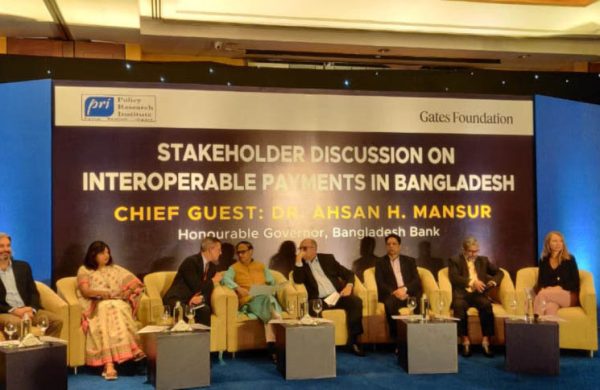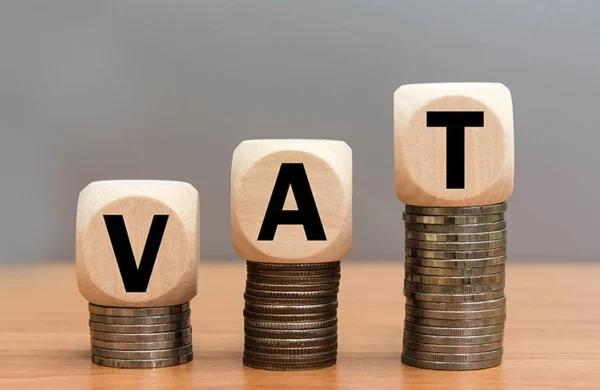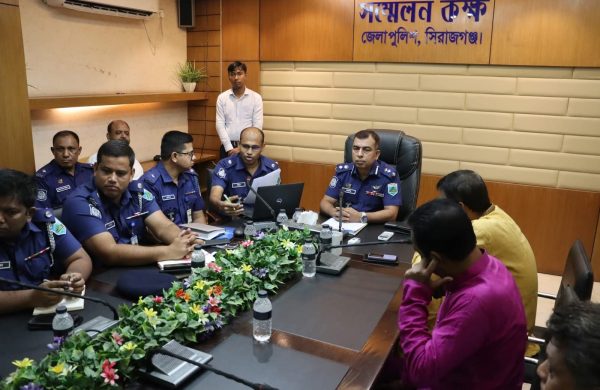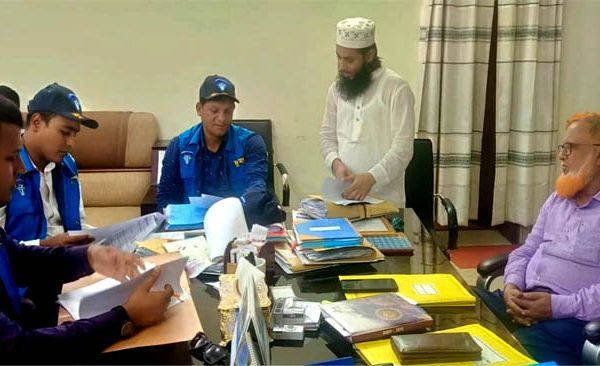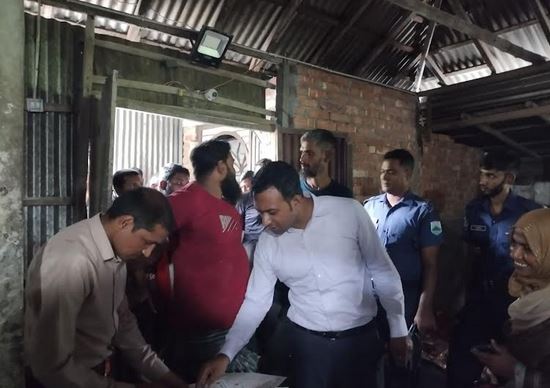Lalon Fair shows swelling economic prospect
- Update Time : Saturday, October 26, 2024
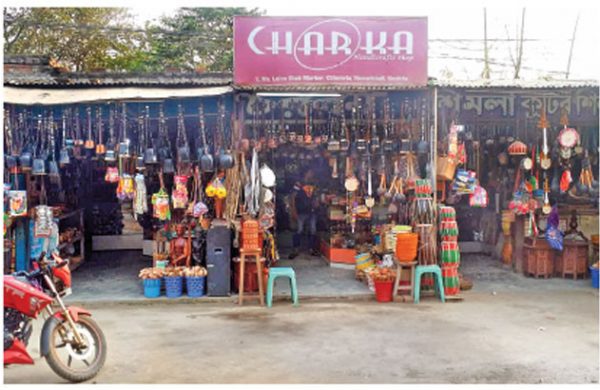
The fair hosted 12 lakh visitors this year
Kushtia Correspondent:
The economic value of this year’s Lalon Fair of Cheuria in Kushtia, held to mark the death anniversary of Fakir Lalon Shah, known as the king of Baul philosophy, amounted to nearly Tk50 crore, almost double compared to the last year.
Businessmen and those involved in organising the event estimated the amount after assessing the crowd, the scale of the fair and the number of shops, sales and their transactions.
Meanwhile, Abdul Wadud, additional deputy commissioner (revenue), said it’s difficult to ascertain the exact amount of financial transaction, but he estimated that sales were likely around Tk30-40 crore.
More than 12 lakh people attended the shrine this time, which is 2-3 lakh more than in previous years, traders said. This year’s fair began on 17 October.
Annually, the government organise two national events at the shrine- one is the Lalon Memorial Festival, and the other is the death anniversary.
These events bring a festive atmosphere to the shrine, attracting countless numbers of Lalon followers, folk singers (bauls), poets, writers, journalists, researchers and artists from home and abroad, along with a large number of general visitors.
The fair spreads across several kilometres surrounding the shrine. It is another prodigy that although the official event lasts three days, the fair runs for almost five days.
Around 1,000 permanent and temporary stalls sold a variety of products set up along the two kilometres of the Kushtia-Rajbari regional highway, covering Dabir Mollah Gate, the main Akhra Gate, the main entrance, and Milpara Gate.
Additionally, around 500 temporary shops were set up on the fairgrounds, for selling clothes, groceries, food, rural crafts, cosmetics, and musical instruments, among other goods.
As per the Lalon Academy, this year the district administration leased the fairground at Tk28 lakh. The lessees collected tolls at various rates based on stall size.
According to local people and traders, this year saw the largest gathering in decades, resulting in almost double the sales compared to the last year, traders said.
Nur Mohammad, who has been running a hotel near the shrine for almost 30 years, said that he has many regular customers who dine at his place during the fairs regularly. This year, he had good sales, and earned around Tk9 lakh in five days.
Ashraful Alam, who set up the biggest garment stall for the first time at the fair coming from Dhaka, said he spent around Tk80,000 to install five shops. In three days, he earned around Tk16 lakh, attributed to the large crowd.
Shahjahan Soudagar, who had been selling cosmetics and ornaments at the fair for 15 years coming from Mymensingh, said sales vary by shop. According to him, last year he made Tk3 lakh in sales, but this year it was around Tk7 lakh.
Some of the main items always found at the shrine are Kushtia’s famous sesame bar (Tiler Khaja) and musical instruments associated with Lalon’s music, such as the ektara, dotara, khanjani, baya, dhol, mandira, khamak, and flute—about eight different products in total. Sales of these items were remarkable this year.
Motiur Rahman Laltu, a seller of the famous Bhai Bhai sesame bar made by a worker-owned factory, said that he alone sold sesame bars worth around Tk73,000 in three days. The three sesame bar factories in Kushtia hired around 400 sellers this year centring the fair.
Usually, almost every visitor when they come to the fair buys at least one or two musical instruments. There are about 30 factories in the surrounding villages made those instruments, producing products worth around Tk15 crore annually.
Azhar Fakir, also known as Pillad Mistry, a musical instrument maker, said that this year they sold around Tk30 lakh worth of goods.
Speaking to temporary stall owners, it was found that this year’s rent for stalls was Tk3,000 to Tk10,000 higher than the last year, depending on the size, causing some financial strain for them.
Fakir Lalon Shah is the spiritual leader of Baul philosophy. He composed around 2,000-2,500 songs. He left no written copies of his songs, which were transmitted orally and only later transcribed by his followers.



